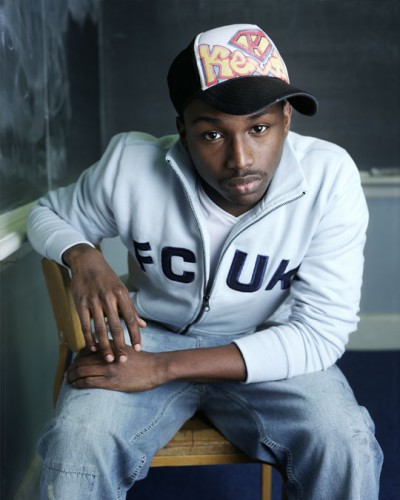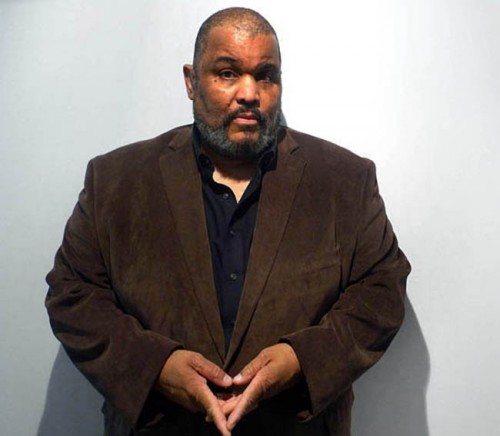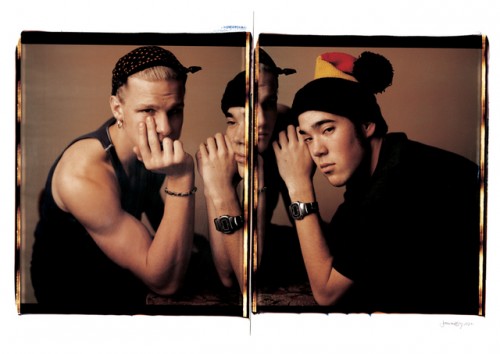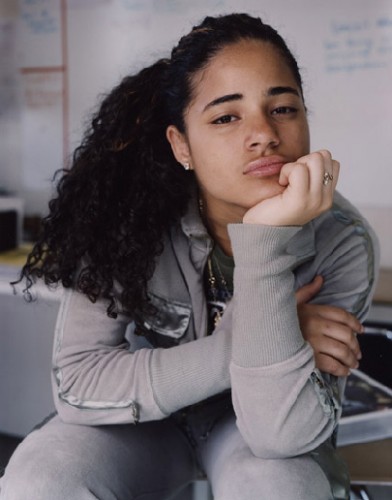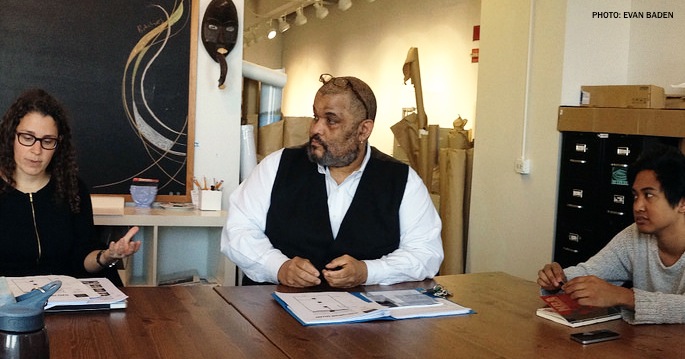
Faculty Spotlight: Dawoud Bey
Working with Dawoud Bey is a pretty amazing experience. I suppose it depends on your working method or style how much some of his advice can direct you, but like the rest of the full-time faculty here, his advice remains poignant regardless of the work you make as a student.
Dawoud Bey was born in 1953 in New York. He received his BFA from Empire State College and his MFA from Yale University, although he had been photographing and had been included in illustrious exhibitions long before attaining either one of those degrees.
Bey’s work is held in the permanent collections of a number of museums including the Art Institute of Chicago, the Brooklyn Museum, the Detroit Institute of Arts, the High Museum of Art in Atlanta, the Museum of Contemporary Art, Chicago, the Museum of Modern Art, NY, the San Francisco Museum of Modern Art, the Whitney Museum of American Art. He has also received a number of grants including a Guggenheim and an NEA grant.
While his working method has changed some over the years, the way that he works now intrigues me. Many times, Dawoud works on residencies, or directly with museums to make his work. He may propose a project to a museum or institution (or sometimes they come to him), and if the museum takes him up on it he will complete the project and exhibit it at the same museum. When I first began the MFA program here at Columbia, I didn’t think that Dawoud was someone I would match up with. I’m not sure why I thought that, but I did. But now, I am finding myself drawn to him more and more. I think this has to do with a number of factors, one of those being his working method. I have found, that for my own work, I require very ridged boundaries. I need to have a specific project in mind before I begin, and I need to have a time-frame within which it has to be completed. Then I have to make a ton of work, stop working, and edit out what I don’t like. I have found that I am not someone who can simply wander around making work without real direction and wait for everything to come together.
So, the way that Dawoud works makes a lot of sense to me. He has a very defined set of parameter he wants to work with, then goes and does it. But one thing he will tell you over and over again, is that you need to react to the individual situations that come in front of your lens. I have learned from Dawoud, that while I like having a very ridged concept in my head, that I also need to allow room to react to the unexpected events that may take place in front of my lens. This advice is something I have heard him say time and time again, and it is something that I took with me on my last project to Brazil. There were an awful lot of images that I had in my head. And even though I would set up the images, the models would usually act in a way that was unexpected. I also left a number of images I was considering for the project open and unplanned, hoping that something in Brazil would trigger an idea. I think Dawoud’s advice about that reaction helped immensely.
Dawoud also runs the Visiting Artist Lecture Series here at Columbia which I have written about repeatedly for this blog. Through his connections, which appear to be vast in reach, he is able to bring in a wonderful set of artists, writers, and curators. The Thursday evening talks are usually interesting, and the meetings the following day with current graduate students are always something to attend.
Finally, Dawoud has some amazing projects and shows coming up. First and foremost is his selection as part of the Whitney Biennial, maybe the most important consistently occurring show in the art world. Dawoud will also be working on a show with the DePaul Museum where he will be curating his own photographs from their collection in addition to other work from their collection that he thinks could relate. All in all, Dawoud is a fairly busy guy, but he is a wonderful person to have a connection with.

